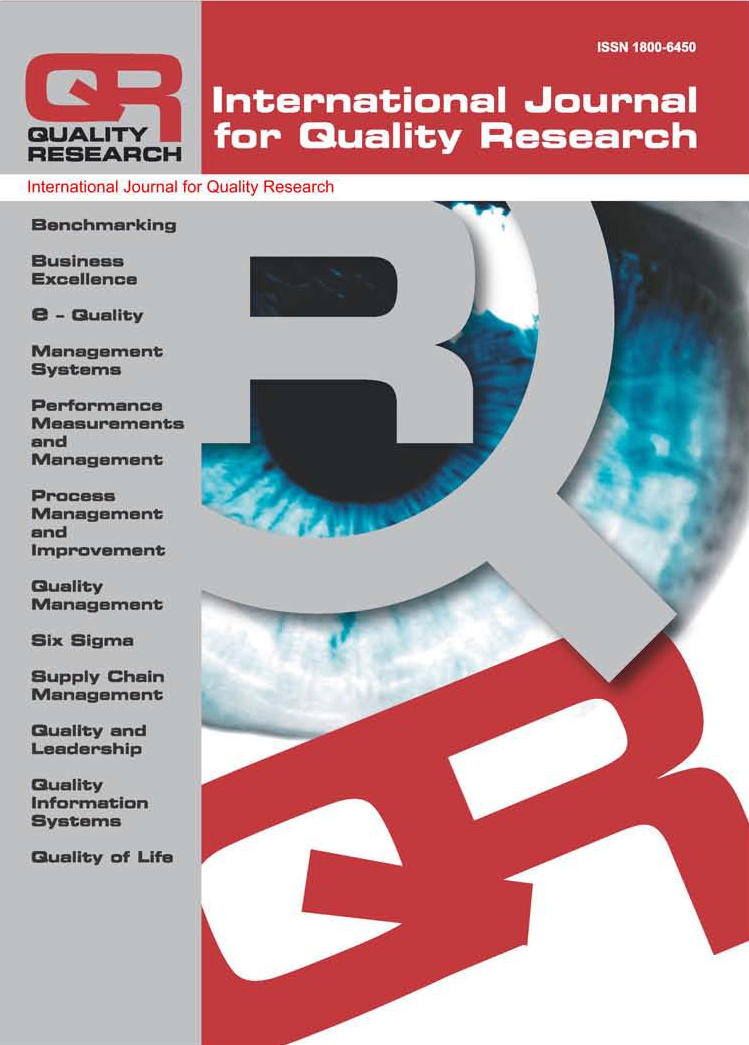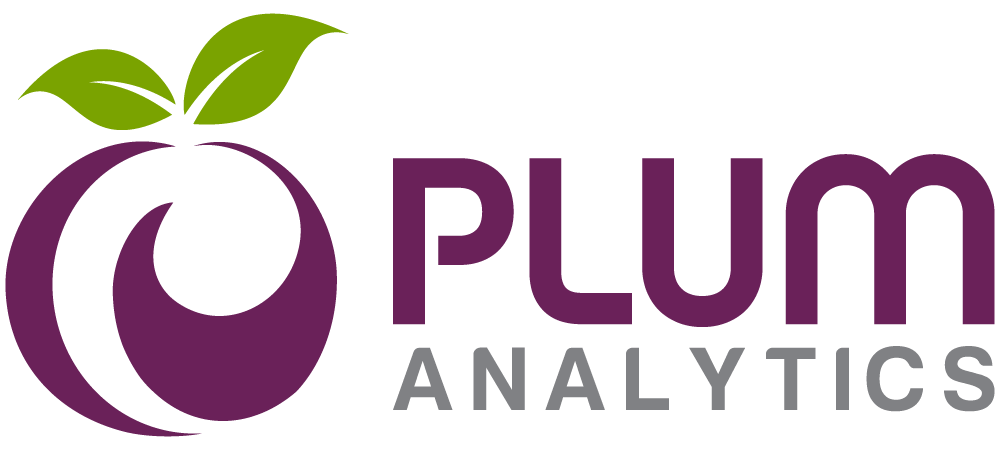FOSTERING CREATIVITY IN STUDENTS VIA MATHEMATICAL LEARNING
Liudmyla Hetmanenko
Abstract: Developing students' creative abilities is becoming an increasingly relevant task in the context of a rapidly changing world and growing demands for professional skills. As a fundamental science, mathematics provides unique opportunities for forming creative thinking and analytical abilities in schoolchildren. This study aims to examine methods for developing students' creative abilities through the study of mathematics, with a particular emphasis on the use of geometric problems. The research methodology included theoretical analysis of scientific literature, comparative analysis of various techniques, conducting a pedagogical experiment, questionnaires and interviews with students and teachers, and systematic observation of the educational process. As a result of the study, it was found that the use of geometric problems and the integration of problem-based learning, project activities, group work, and information and communication technologies significantly contribute to the development of students' creative thinking and analytical abilities. The experimental group of students showed significant improvement in results compared to the control group, confirming the effectiveness of the proposed methods. The practical significance of the results lies in the possibility of applying the developed methods in educational practice to improve the quality of mathematics education and student motivation. Implementing these methods creates a stimulating and supportive learning environment that fosters the development of student's creative potential and critical thinking, which are essential for their successful academic and professional activities.
Keywords: Creative abilities, Mathematical education, Creative thinking, Geometric problems, Problem-based learning, Project activities, Information and communication technologies
DOI: 10.24874/IJQR19.01-08
Recieved: 18.04.2024 Accepted: 29.10.2024 UDC:
Reads: 211 







